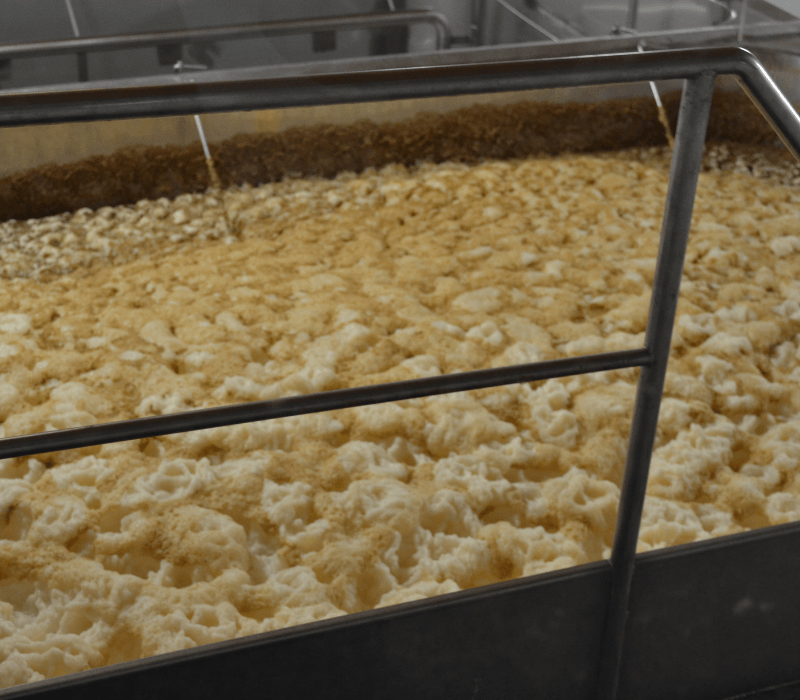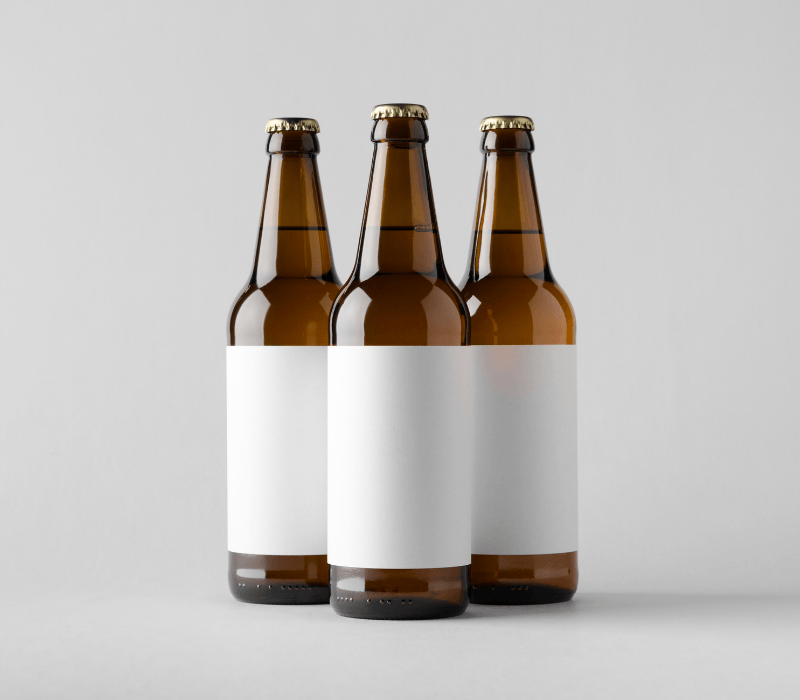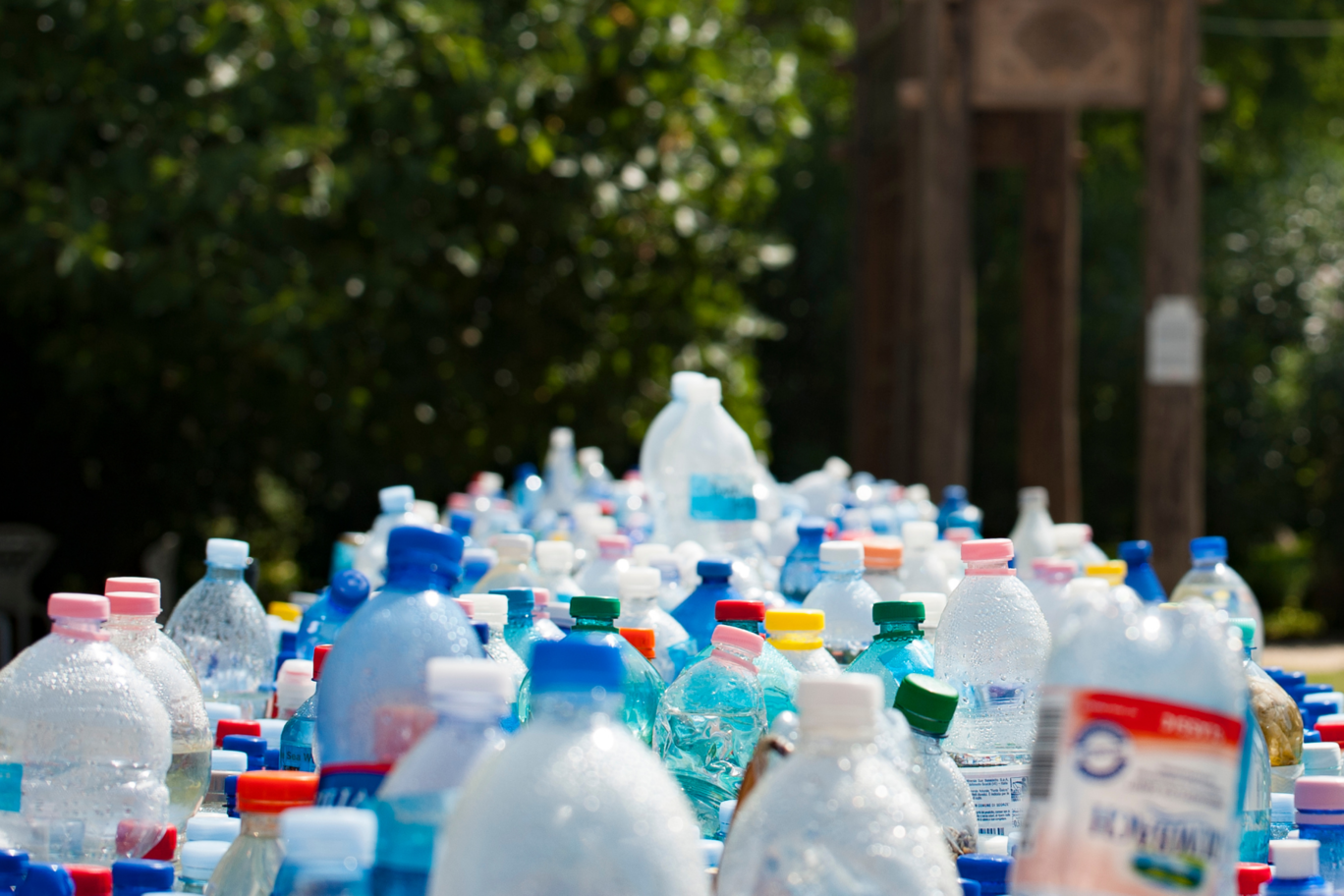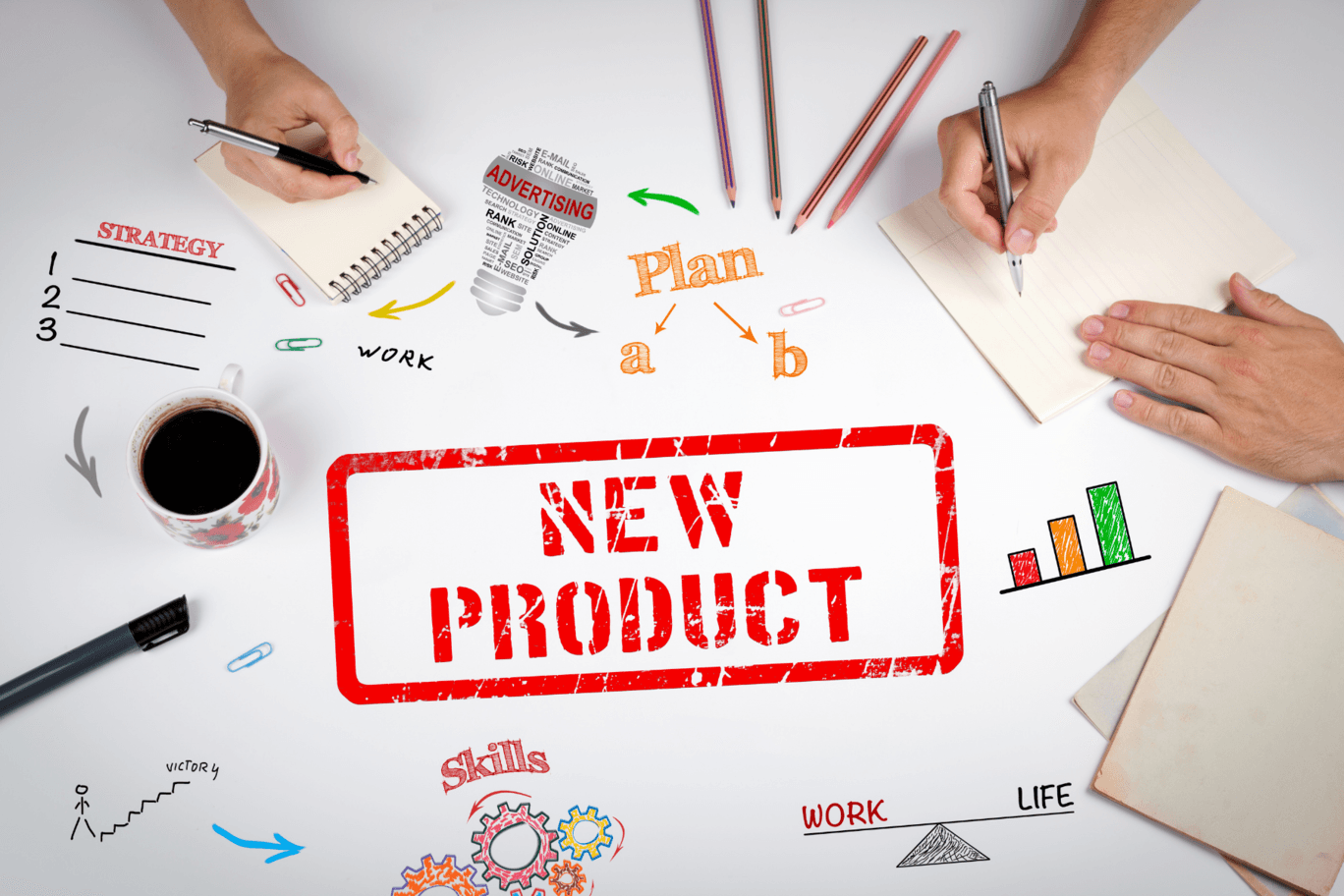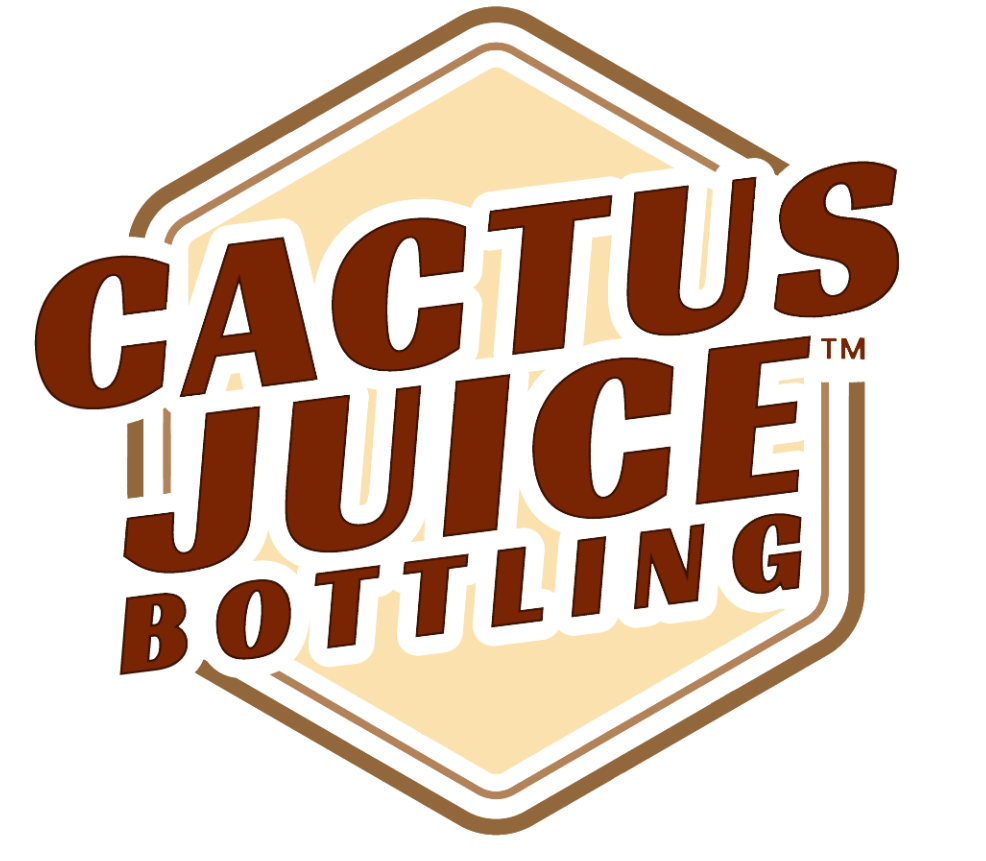How Long To Ferment Beer Before Bottling
Anyone who has ever attempted to brew beer by themselves understands how complex and technical the process can be -- especially for first-timers! Not only that, but it takes an extreme amount of patience since it can take weeks and even months before giving it a taste-test.
There are four main steps included in the beer-making process -- preparation, brewing, fermenting, and bottling. Each step is just as important as the next and are essential to making your beer taste as good as possible. Any kinks in the process could damage your entire batch.
Of the four major steps, the one that garners the most attention and questions is the fermentation process. Although a majority of this process is spent waiting for the yeast to do its job in the fermenter, many brewers are unsure how long they need to ferment the beer before bottling.
So, How Long Does It Take To Ferment Beer Before Bottling?
The fermentation process can take anywhere from one week to a couple of months before your batch of beer is ready to be bottled. In most cases, this process will take two weeks, but there are several factors to consider when determining the right amount of time to ferment the beer.
#1- The first major factor to consider is the type of vessel -- or number of vessels -- you’re using to ferment the beer. Some people prefer to use a single vessel when fermenting, but others feel more comfortable using both a primary and secondary vessel when fermenting the beer.
#2- The second major factor to consider is the type of beer you’re trying to ferment. Not only do you have the choice between an ale and a lager, but it can also be classified as a light, amber, or dark type of ale or lager. Believe it or not, both have completely different fermentation processes.
In general, ales require a shorter fermentation process, while lagers require a longer fermentation process. The lighter the beer, the less time it needs to ferment. You should also expect a longer process if you’re dealing with a beer that has a higher level of alcohol content.
Primary Fermentation vs. Secondary Fermentation
Like we mentioned above, brewers around the world are given a variety of options as far as how they ferment their beer. Those that use a single vessel are often going for a quicker turnaround with their batch, while the two-vessel fermentation process is for those that are more patient.
The two-vessel process consists of a primary and secondary fermenter. They’re each responsible for achieving different things, which we’ll describe in more detail below:
Primary Fermentation
During primary fermentation, a bulk of the fermentation process is underway. This is where the yeast converts sugar into alcohol and carbon dioxide. You need to be extremely careful not to wait too long or not long enough when in the primary.
Secondary Fermentation
Believe it or not, there’s little fermentation that happens during secondary fermentation. It’s where the beer is racked away from the yeast and trub leftover from primary fermentation. It’s not necessary, but it can definitely help.
When the beer is done fermenting in both the primary and secondary fermenter, it’ll be ready to bottle. The length of time it takes to ferment will depend on the type of beer and how you like it to taste. Some people like a longer secondary fermentation, opposed to longer bottle conditioning.
Fermenting Ales vs. Fermenting Lagers
Now that we understand the difference between primary and secondary fermentation, we can start to break down some of the suggestions as far as how long you should ferment your beer before bottling. Of course, we’ll need to break this down by the type of beer you’re brewing.
Let’s take a look at the differences in fermentation time between ales and lagers, as well as the difference between light, amber, and dark beers:
Light Ales
Due to the light flavor of light ales, you won’t need to ferment the beer as long with this style of beer. You can typically expect 1 week in the primary and 1-2 weeks in the secondary.
Amber Ales
Due to the darker grains in amber ales, it’s best to let it ferment a little longer than light ales. You can typically expect 1 week in the primary and 2-3 weeks in the secondary.
Dark Ales
To avoid a ‘burnt’ flavor with your dark ales, longer fermentation time is needed. You can typically expect 1 week in the primary and 3-4 weeks in the secondary.
Light Lagers
Lagers require colder temperatures when fermenting, which slows the process down. You can typically expect 1-2 months in the primary and 2 months in the secondary.
Amber Lagers
Since amber lagers are a little darker than light lagers, a longer process is needed in the fermenter. You can typically expect 2 months in the primary and 3-4 months in the secondary.
Dark Lagers
Due to the higher alcohol content in dark lagers, a longer fermentation process is generally needed. You can typically expect anywhere from 2-3 months in the primary and 9 months in the secondary.
In addition to the type and color of the beer, the alcohol content also plays an important role in the fermentation process. For example, an ale with high alcohol content can take two weeks in the primary and 9-12 months in the secondary for an ale.
A lager with high alcohol content can take 2-3 months in the primary and 9-12 months in the secondary. It might seem like a long time before you can bottle your beer, but it’s worth it when you finally get to taste that amazing bottle of beer.
Let Us Help Craft & Bottle Your Beer
Although brewing and fermenting a beer can be a difficult process, it’s one you don’t need to do on your own. At Cactus Juice Bottling, we’re capable of helping you craft your own beer and bottle it for safe and responsible drinking. Contact us today to learn more about our services!
You might also like
Book a Service Today
We will get back to you as soon as possible
Please try again later
Looking for a FREE Estimate?
Fill out our form to receive your quote via email
All Rights Reserved | Cactus Juice Bottling | Privacy Policy | Terms of Service | Website & SEO By Iron Oak Marketing
